ANSI Z136.3-2024: Safe Use of Lasers in Health Care
Blasting a laser into your flesh or skin generally isn’t the brightest idea. Nonetheless, in health care facilities, lasers, of varying types and wavelengths (measured…
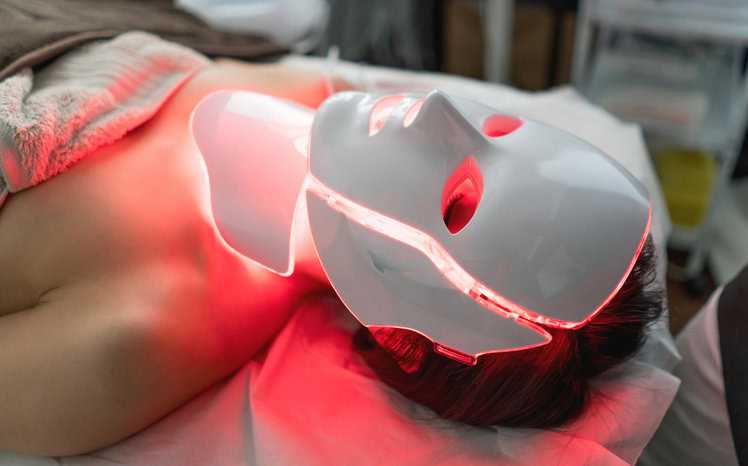
Blasting a laser into your flesh or skin generally isn’t the brightest idea. Nonetheless, in health care facilities, lasers, of varying types and wavelengths (measured…
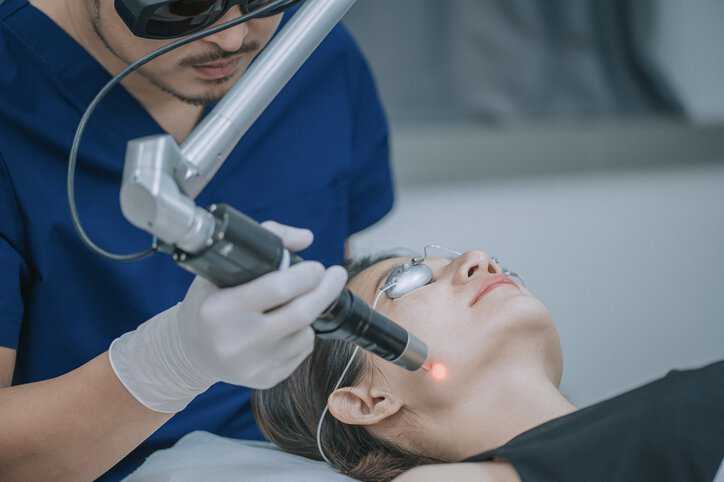
LASER is an acronym that stands for Light Amplification by Stimulated Emission of Radiation. A laser produces an intense, highly directional beam of light, and…

Lasers might be seemingly straight out of science fiction, but laser technology is abundant in industries throughout the world. Several standards minimize hazards to those…

The beam of light emitted from a laser is so intense that it can cut straight through the densest materials—metal, leather, marble, diamonds, and ceramics….
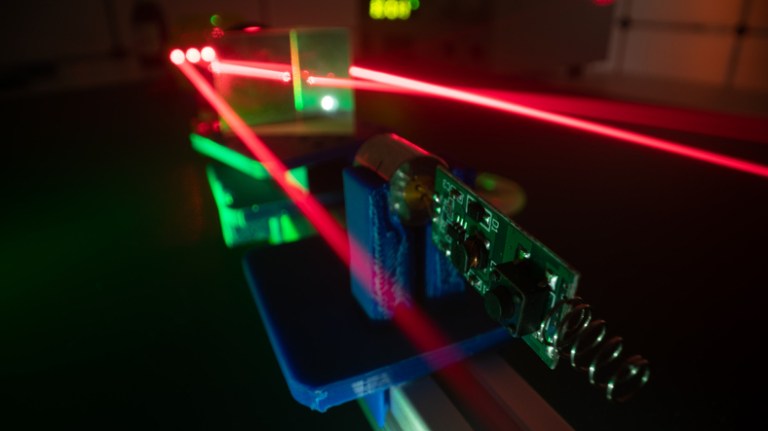
Lasers were conceived in science fiction, but it was in real-world research environments where they germinated. With a medley of laser applications serving a variety…
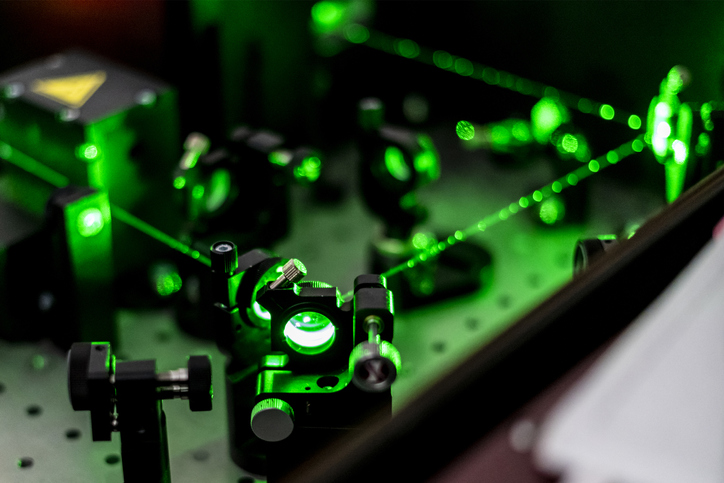
An American National Standard published by the Laser Institute of America (LIA), ANSI Z136.1-2022: Safe Use Of Lasers, classifies laser beams by their potential harm….

What is Laser Engraving? Laser engraving is a special type of laser marking that produces similar results when compared to traditional engraving methods, but without…

Lasers, producing an intense, highly-directional beam of monochromatic light found in various wavelengths on the electromagnetic spectrum, exist as remarkable phenomena while having the industrial…
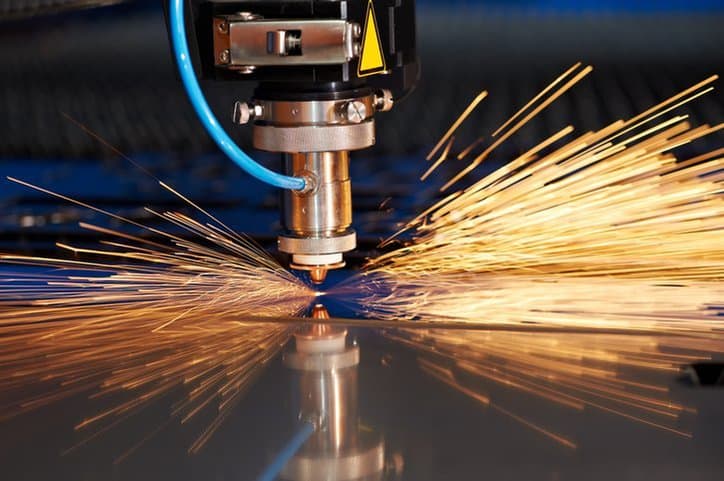
Standards terminology tells us that standards can be characterized as either horizontal standards (sometimes called general or basic standards) or vertical standards (sometimes called application…